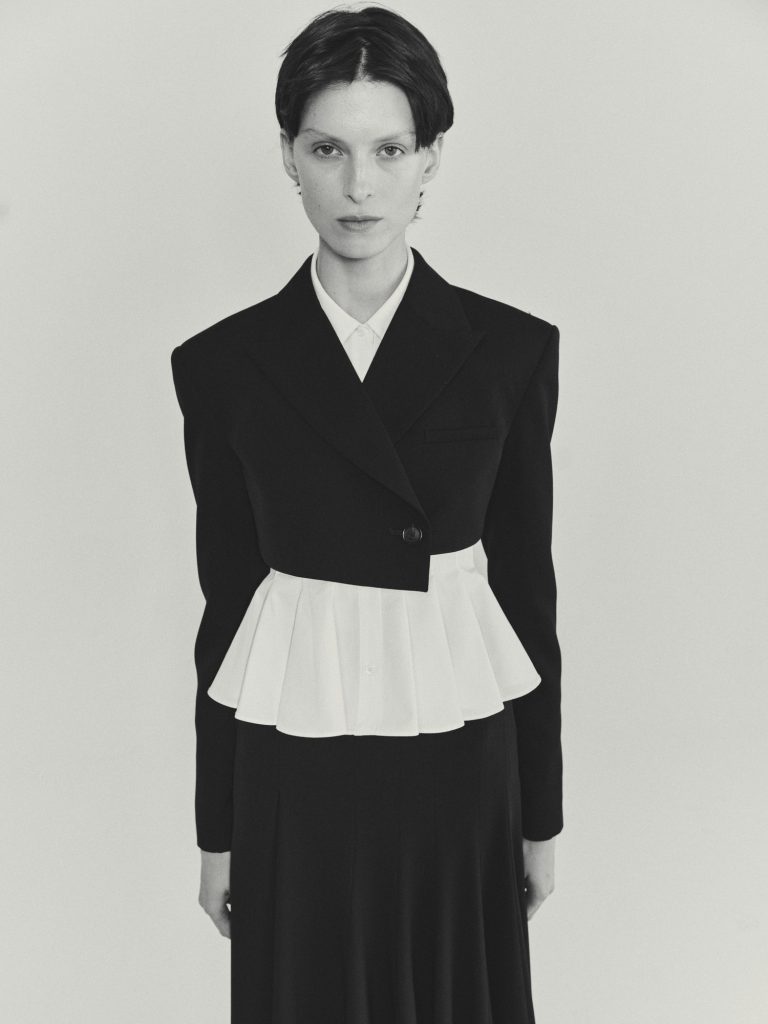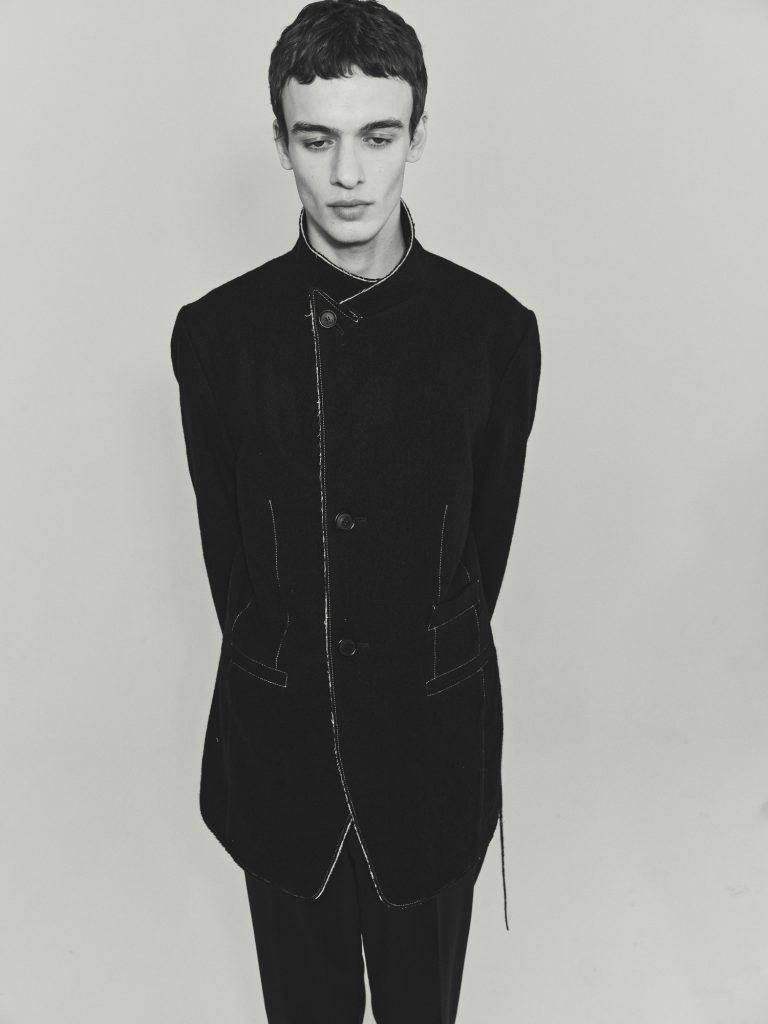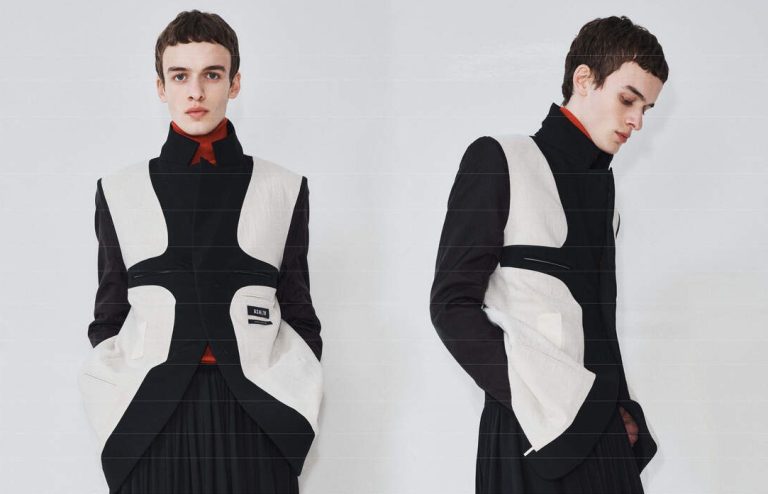

For Ashlynn Park, clothing is more than fabric – it’s a dialogue between the wearer and the world. A former protégé of Yohji Yamamoto and alumna of iconic houses like Proenza Schouler and Calvin Klein, Park launched her label ASHLYN with a vision of fusing avant-garde with modern utility. Her pieces, blending historical silhouettes with contemporary cuts, feel like they belong in both a gallery and your wardrobe.
hube: Your work plays with deconstruction and tailoring, blending masculine cuts with feminine elements. How do you strike that balance between structured tailoring and the fluidity that makes your designs feel so fresh?
Ashlynn Park: Blending deconstruction and tailoring, and combining masculine silhouettes with feminine elements, are ways of expressing myself. I have focused on menswear for most of my career, while working at Yohji Yamamoto and, more recently, at Calvin Klein under Raf Simons.
I find joy in exploring the dichotomy between conflicting things and finding a new sense of balance within them – like dreams and reality, or the tension between a celebrated career and everyday family life. I think the feminine elements in my designs are an attempt to express the essential self that has been deep inside me for a long time.
In the end, my designs are the result of the skills and experiences I have accumulated while making menswear, and the emotions and delicacy I have gained from my life as a woman. The harmony between structure and flexibility is the key to bringing freshness to my work.
h: You introduced menswear for AW24. How does designing for men challenge or complement your approach to womenswear, and has it changed your creative vision?
AP: Menswear is my roots as a designer. Since starting ASHLYN, it has always been a dream to create my own menswear, so I created a collection using menswear as the design framework for the Fall/Winter 2024 season. I wanted to discover new feminine silhouettes in the process of creating clothes for various body types without being confined to the female silhouette and, at the same time, establish a foundation for menswear that I will develop more fully someday.
I believe that the design process goes beyond simply creating new garments; it’s about considering the emotions and situations that the wearer will encounter. This experience is emphasised – the way someone feels in the clothes and the energy they get from them. Coincidentally, I have two male assistants, and through the process of designing and experiencing each garment, I want to make them realise how specific emotions can be captured within the design itself.
I always think deeply about the reason and purpose of what I do. It makes me stronger and gives me the confidence to continue. We learned and felt a lot through this season.

